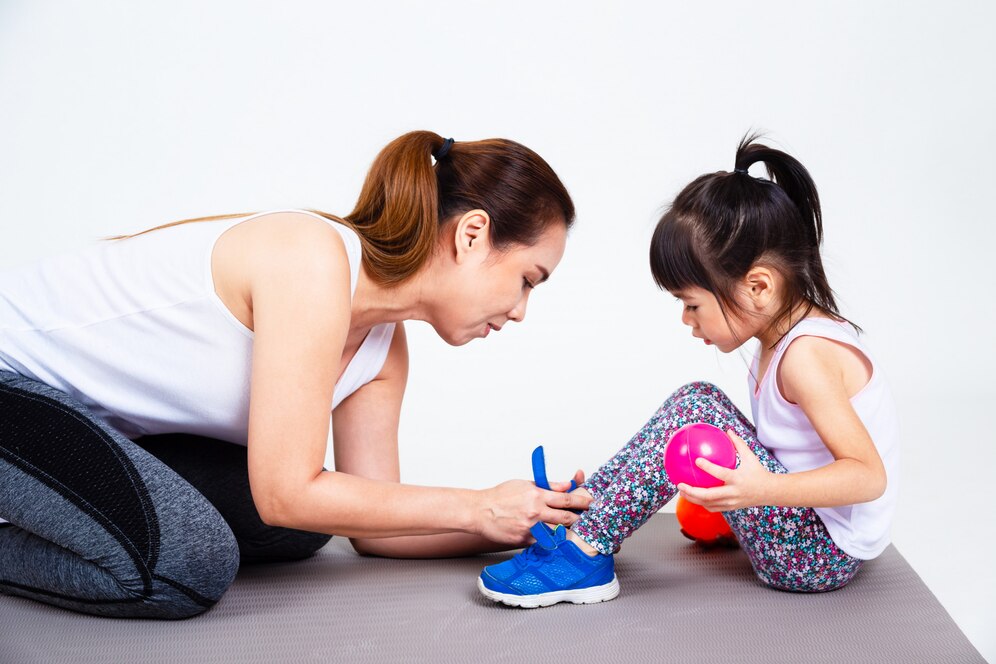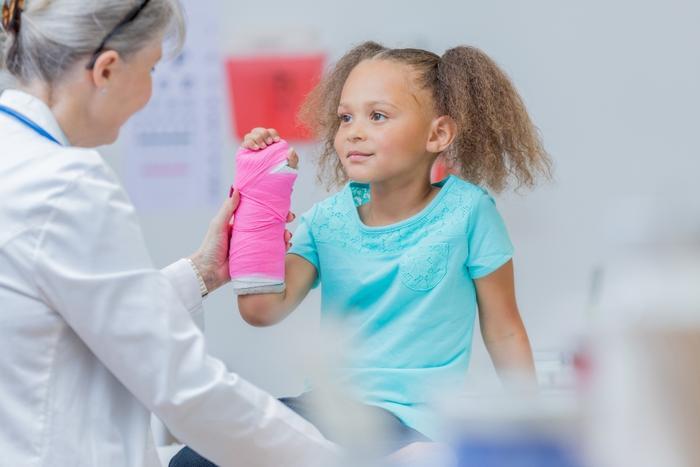🚫Avoid These Early Footwear Mistakes for Healthy Foot Development
Foot health plays a crucial role in a child’s overall development. The right footwear is essential for maintaining proper posture, balance, and mobility. However, many parents unknowingly make mistakes when choosing shoes for their little ones. These early errors can lead to long-term foot problems, affecting a child\’s walking pattern and overall musculoskeletal health. ⚠️ Common Footwear Mistakes and Their Impact 1.👟 Altered Walking Pattern (Gait): Poorly fitted shoes can disrupt the natural gait cycle, leading to improper foot movement and postural imbalances. This can result in long-term walking difficulties and discomfort. 2.🦵 Joint & Bone Stress: Wearing unsupportive or ill-fitting shoes places excessive pressure on growing joints and bones, increasing the risk of foot, knee, and back problems in the future. 3.🦶 Foot Deformities: Shoes that are too tight, too loose, or lack proper support may contribute to deformities like flat feet, bunions, or hammertoes, which can become permanent over time. 4.⚡ Increased Risk of Falls: Footwear that lacks grip, is too stiff, or does not fit well can make children more prone to tripping and falling, leading to injuries and instability. 5.⚖️ Delayed Balance & Coordination: Proper footwear aids in developing coordination skills. Poor shoe choices can delay a child’s ability to balance properly, affecting their overall physical activities. 6.🛑 Poor Arch Formation: During early childhood, the feet are still developing. Shoes without adequate arch support can hinder natural arch formation, potentially leading to flat feet or other structural concerns. 7.❌ Impaired Foot Muscle Development: Shoes that are too rigid restrict natural foot movements, weakening muscles that are essential for stability and mobility. ✅ Choosing the Right Footwear for Your Child To ensure proper foot development, parents should follow these guidelines: ✅ Opt for shoes with a soft, flexible sole that allows natural movement. 👌 Choose breathable materials to keep feet comfortable and healthy. 📏 Ensure a proper fit with enough space for toes to move freely. 🚫 Avoid shoes with high heels or excessively hard soles. 🔄 Replace worn-out shoes promptly to maintain proper foot support. Conclusion The right footwear is essential for a child’s long-term foot health. By avoiding these common mistakes, parents can help their children develop strong, healthy feet and a stable posture. If you notice any issues with your child\’s walking pattern, posture, or foot development, consulting a specialist is the best course of action. 📍 Dr. Sameer Desai, a leading Pediatric Orthopedic Surgeon, specializes in foot and musculoskeletal health in children. 🏥 Schedule a consultation today for expert guidance on ensuring your child\’s proper foot development. 👨⚕️
🚫Avoid These Early Footwear Mistakes for Healthy Foot Development Read More »



